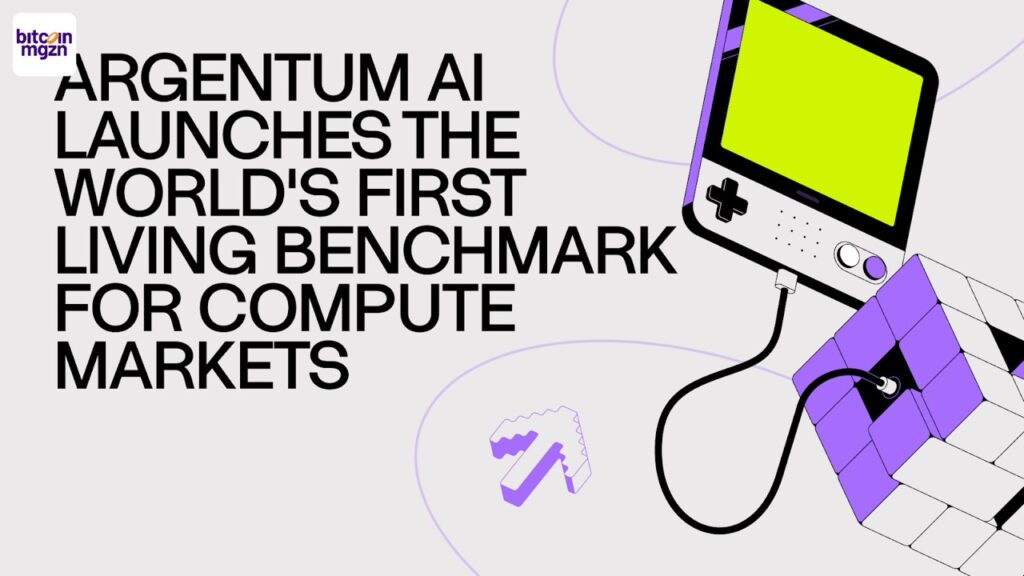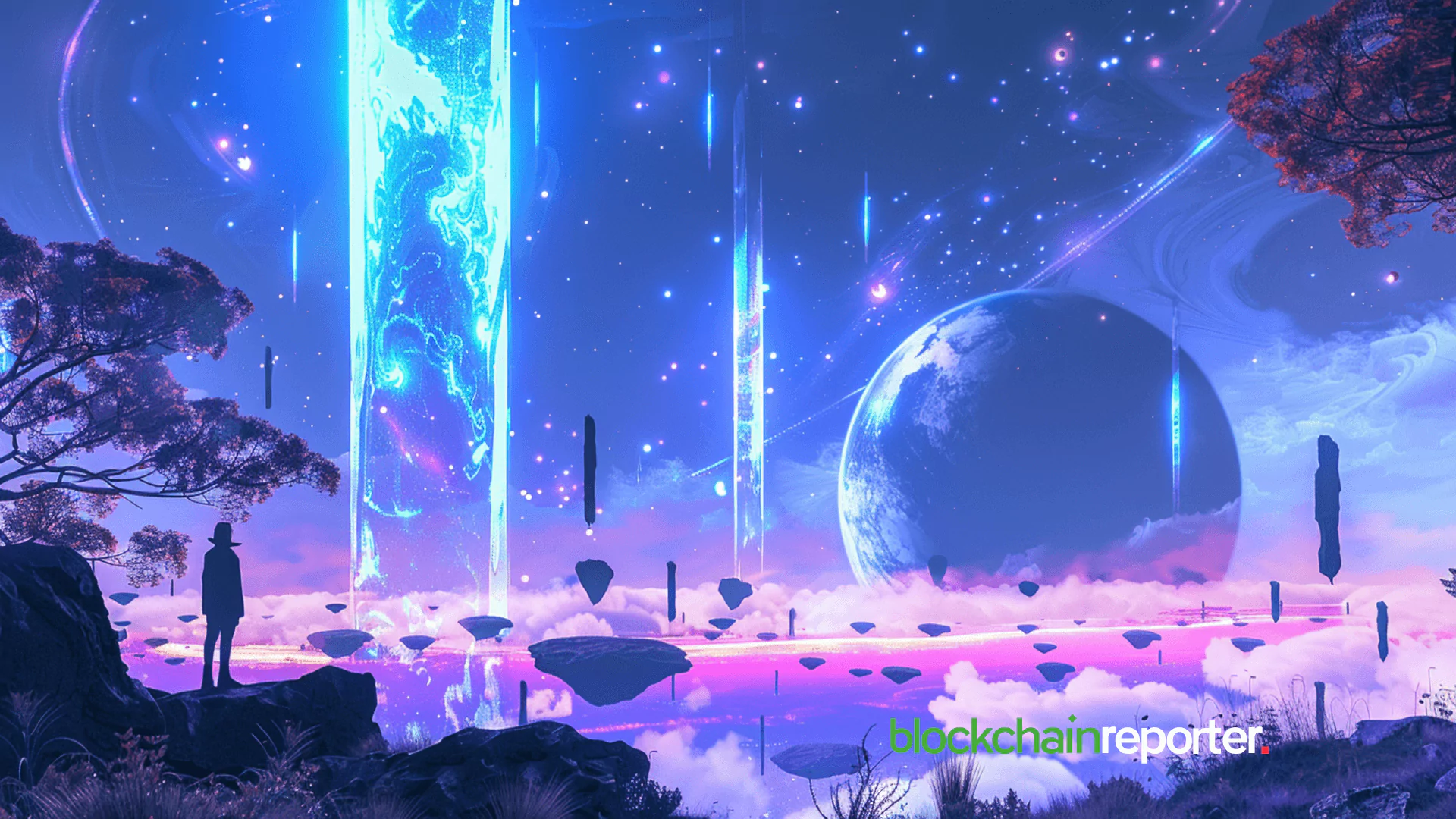The outdoor dining deck on Aqua Expeditions’ Aqua Blu
Aqua Expeditions
Aqua Expeditions has always been a small player in a sector defined by scale. Founded by Francesco Galli Zugaro, the company runs just five vessels worldwide — in the Amazon, the Mekong, Ecuador and Indonesia — each carrying no more than 40 guests.
Where the mega-ships trade on hardware and spectacle, Aqua has built its identity on intimacy and detail, and on Aqua Blu, the company’s Indonesian yacht, that philosophy shows itself most clearly in the food.
Lunch might begin with salmon crudo sharpened by celery verde and crème fraîche, move to grilled halloumi glossed with wild honey, baba ganoush with blistered flatbreads, or slices of chilli-fennel salami handmade in Bali. And such culinary delights continue for three wildly innovative meals per day, from a galley kitchen almost certainly smaller than those of its high-net-worth clientele, with flawless execution.
Aqua Blu’s consulting chef Benjamin Cross finishing a dish
Aqua Expeditions
Behind each dish lies a supply chain that stretches across islands and time zones: dietary notes submitted weeks in advance, stocks and sauces perfected in a production kitchen, crates of wine and champagne stashed under crew bunks to sustain the ship through the weeks it sails far from any port that could replace them.
Guests sip and eat without ever seeing the effort, and that is exactly the point. For a company of its size, competing on scale is futile. Competing on food, however, is a stroke of genius.
In Indonesia, that competition plays out in the clearest terms. Aqua Blu, a former yacht of the Campari family reimagined as a 30-cabin expedition yacht, sails week-long routes from Bali through Komodo and up to Raja Ampat. It is a vessel built for landscapes and underwater wildlife, but increasingly remembered for what happens at the table.
Salmon crudo with celery verde, creme fraiche and wantons
Aqua Expeditions
That reputation rests heavily on Benjamin Cross, the Australian chef who serves as Aqua’s consultant chef. His role is not to cook each service — the ship has its own small brigade of brilliant chefs — but to design and oversee menus that can be accomplished at sea with consistency equal to a five-star hotel, while working within the constraints of distance, storage, and space. It means imagining dishes that can withstand air freight, planning menus months in advance, and training teams to deliver with no safety net.
Cross shares the responsibility with Adrian Broadhead, Aqua’s food and beverage director, who manages systems across the fleet. Between them, they have turned decades of kitchen experience into an operation that feels improbably smooth. But it did not come easily.
“I said yes to Aqua before I thought through the logistics,” Cross admits, half-laughing. “Then I lay awake at night thinking, ‘this is impossible’.”
Eventually, Cross realized his best option was to lean on one of his own restaurants. Mason, the flagship of the four venues he now runs in Bali, which had a large production kitchen already set up for curing meats, making cheeses and turning out sauces at scale.
He proposed using it as the backbone of Aqua Blu: preparing and packaging elements on land that could be flown to the boat and finished at sea. Without it, the menus would have been restricted to what a four-person galley could manage; with it, the scope widened dramatically.
Consulting chef Benjamin Cross
Aqua Expeditions
Broadhead provides the counterweight. After years cooking for the likes of David Thompson he joined Aqua Mekong in 2014 as an executive chef, left for a brief stint in Bhutan, then returned as a manager for Aqua Blu’s launch in 2019. Now, as global F&B director, he travels seven months a year, reading every comment card from every voyage, overseeing five ships across four continents. “My job is making sure the crew have what they need,” he says. “Sometimes that means contracts, sometimes culture, sometimes just making sure communication is happening. These are pressure cookers. If you don’t manage it, things break.”
Provisioning, specifically, is his perpetual stress point. Aqua Mekong resupply weekly, the Amazon twice a week, yet Aqua Blu pushes further from Bali each season until it reaches West Papua, where alcohol cannot be sourced and fresh produce dwindles.
Before departure, the ship is packed with hundreds of bottles of wine and beer: William Fevre Chablis, Grosset Riesling, Black Sand Kölsch from Bali, et al. Every space is used — storage rooms, under beds, behind bulkheads.
“One year we were running low on house wine,” Broadhead remembers. “I ended up buying the entire stock off a passing wooden schooner because we were desperate. You can’t explain to a charter guest that you’ve run out of wine. It just doesn’t work like that.”
Aqua Blu’s sweet corn soup with crab and basil oil
Aqua Expeditions
The menus, meanwhile, are structured as carefully as the supply chains that enable them. A dinner might open with hamachi sashimi in palm sugar soy, followed by a tomato ‘Spice Island’ hotpot with grouper fillet and basil, broccoli with garlic and lemon, and a brioche pudding soaked in brandy and served with vanilla milk ice cream (in many a guest’s review, “the best dessert I’ve ever had”.
Another night might be built around Balinese-style suckling pig with turmeric rice, aubergine stir-fried with chilli, and banana doughnuts rolled in coconut curd and cinnamon sugar. Then a reset: confit shoulder of lamb crusted with spice, served with salsa verde, tabbouleh and cauliflower couscous, ending with pavlova layered with mascarpone and passionfruit. The rhythm matters. Guests are taken from adventurous to comforting and back again, never left too long in either register.
The balance is deliberate, of course, because guest appetites are unpredictable. One passenger might relish chilli and spice; another might only want chicken and potatoes. Every guest submits dietary forms in advance, and the kitchen holds substitutions for almost everything. “You don’t want anyone to feel like their preferences are a nuisance,” Cross says. “But you also want to keep the menu interesting enough for people who actually want to discover something new, too.”
For Broadhead, the issue is less about taste than sequence. Too many curries, too much repetition, and engagement slips. He and Cross design and continually tweak menus to avoid that fatigue, and hold an unprinted comfort menu in reserve: burgers, pastas, steaks. “It’s not something you want to roll out unless you need it,” he says, “because if one person orders it, suddenly everyone does, but it’s better than letting someone disengage.”
Cross, whose natural cooking leans on fire, also adapts his favorite dishes to the restrictions of a galley where open flames are forbidden. Grilled barramundi fillet with sambal matah, zucchini with pine nuts, barbecue chicken glazed with basa gede and sweet soy — dishes designed to evoke char and smoke without the fire itself. “The last night is closest to Mason,” he says. “Charcuterie, flatbreads, grilled vegetables, things to share. Elevated, but still about flavor more than theatre.”
Aqua Expeditions’ Aqua Blu
Aqua Expeditions
Of course, proximity presents an issue in its own right. In restaurants, guests come and go. On board, they are with you for every meal, every day. “One bad dish on a boat stands out more than in a restaurant,” Cross says. “You’ll see that guest at breakfast, lunch and dinner the next day. There’s nowhere to hide.”
For Broadhead, the same intensity applies to the staff. “Rotations are four to eight weeks, shifts fourteen hours a day, cabins shared. It’s intimate. You have to manage it or it combusts.”
And all of it — the provisioning, the menus, the management — exists for a singular purpose: to make food the backbone of Aqua’s competitive edge. Five years ago, most luxury ships still relied on buffets. Today, food is a selling point as valuable as whale shark sightings or diving the most beautiful coral reefs in the world (both of which Aqua Blu offer, natch).
Instagram has amplified that shift; a photo of tuna ceviche or pavlova is as likely to be shared as one of a Komodo dragon. “Food is integral now,” Broadhead says. “It really is as important as the destinations themselves.”
And the proof, as always, is in the business’ growth. Earlier this year, Aqua Expeditions announced the sale of a majority stake to luxury expedition cruise operator Ponant, backed by the Pinault family’s Artémis Group — the same investors behind Gucci, Saint Laurent, Christie’s and Château Latour.
For investors, the attraction is growth potential. For Cross, the measure is more straightforward: “I just want people to say this was better than the other boats.”
That simplicity cuts through the complication of running five ships in four regions. Aqua will never match mega-lines on spectacle, but it doesn’t have to. If guests disembark remembering a 48-hour rendang or a pavlova as clearly as the coral walls, the strategy has already paid off.
And with Ponant’s backing, the implications stretch beyond Aqua. What may have begun as a logistical headache has become Aqua’s most valuable asset.
Aqua Blu’s sop buntut with oxtail and dashi broth, charred onion and tomato raisin
Aqua Expeditions
Source: https://www.forbes.com/sites/lelalondon/2025/08/29/how-aqua-expeditions-is-using-food-to-rival-luxury-cruise-giants/



